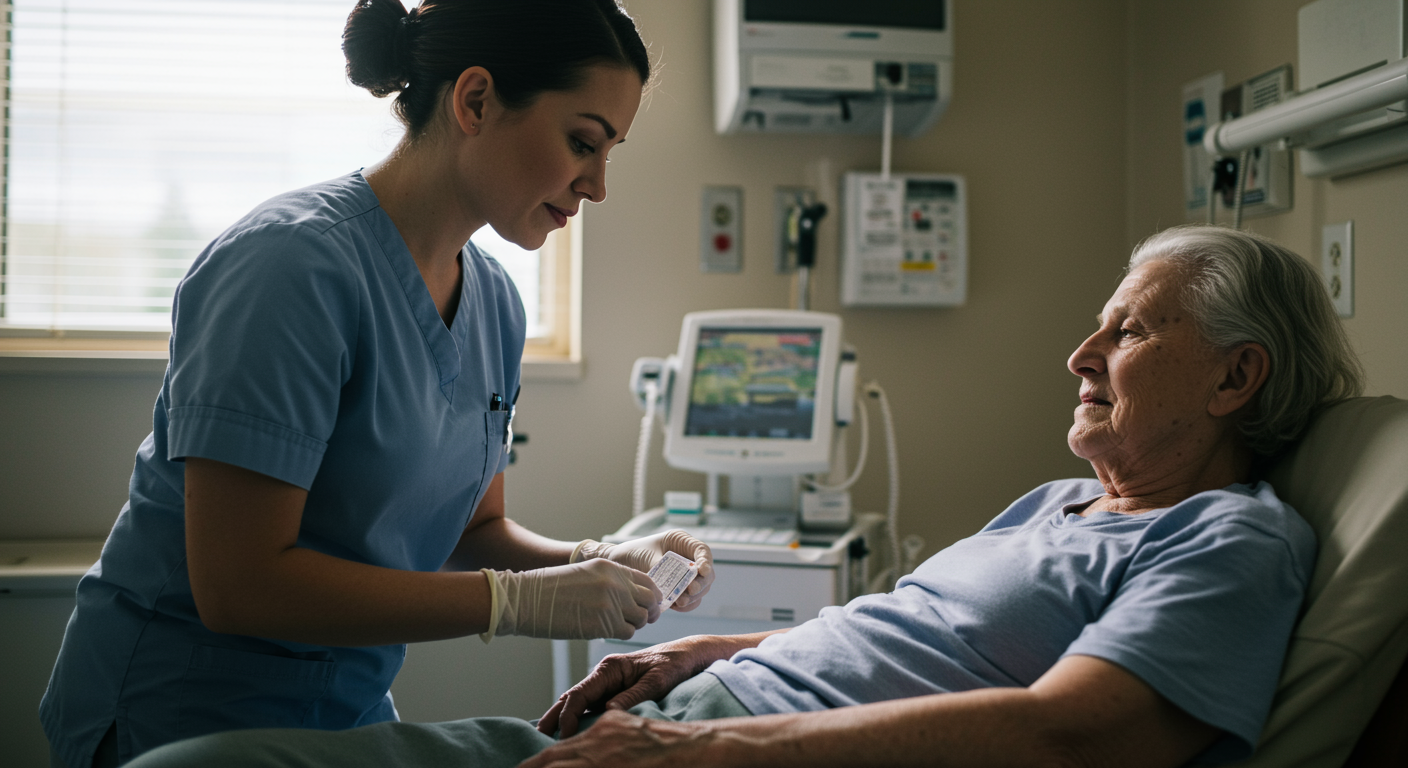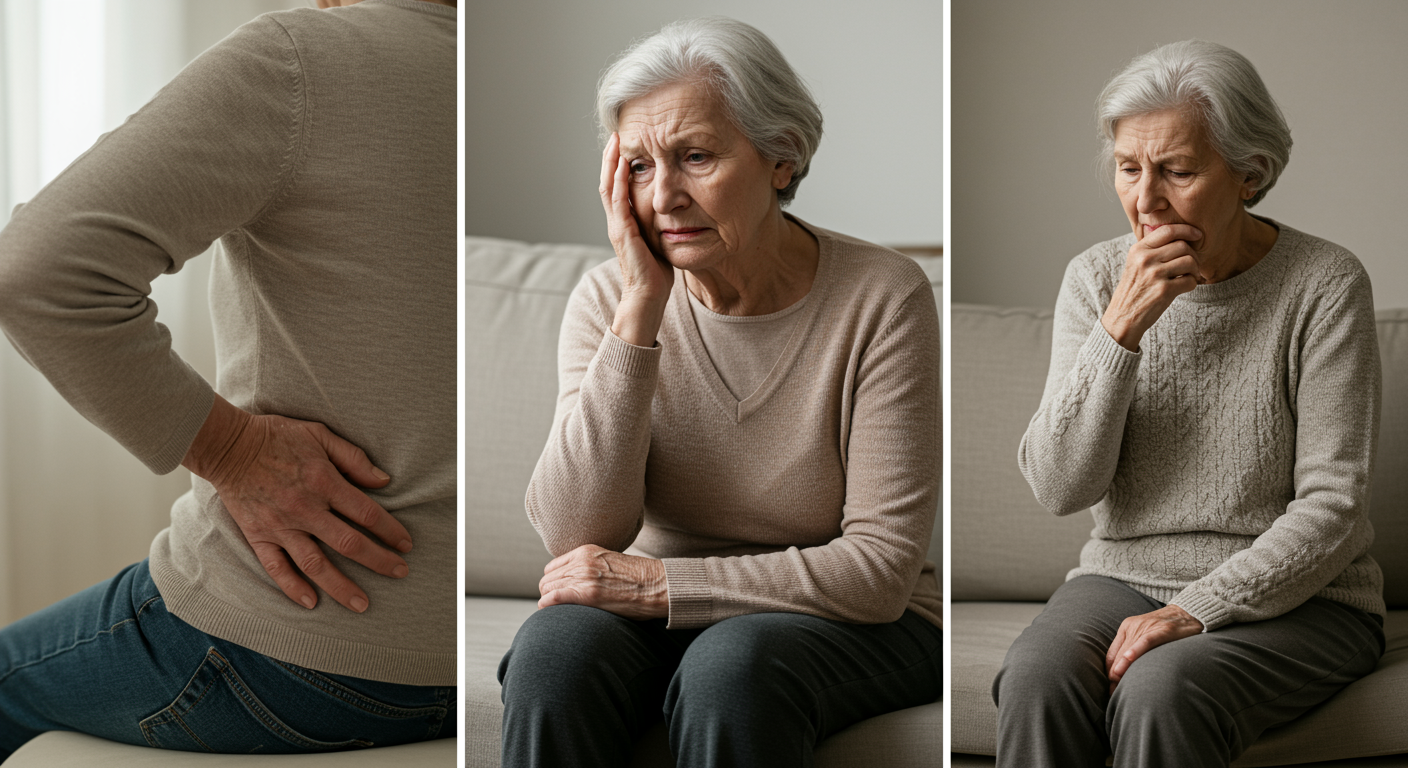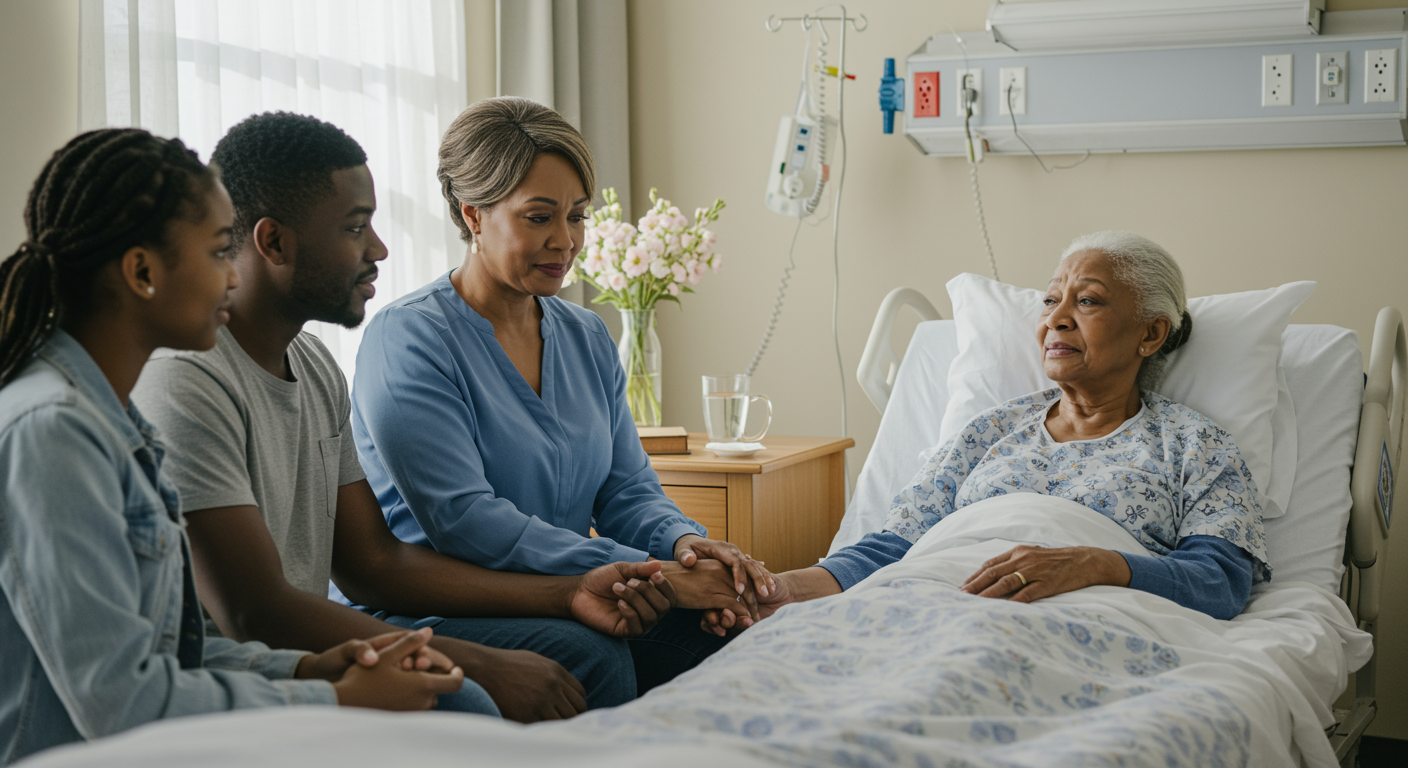Understanding the Journey: A Guide to Pain Management in Hospice Care
Dr. Rachel Chen still remembers the concern in James Wilson’s eyes when he asked about his wife’s pain medication. “Won’t these strong painkillers make her too sleepy? I want to be able to talk with her.” It’s a question she’s heard countless times in her fifteen years as a hospice medical director, and one that touches the heart of what families fear most – balancing comfort with consciousness.

The Art and Science of Pain Management
Pain management in hospice care isn’t just about prescribing medications – it’s about crafting a delicate balance between comfort and awareness, between physical relief and quality of life. As Sarah Miller, a veteran hospice nurse, often explains to families, “Pain is like a fire alarm that never stops ringing. When we manage it effectively, your loved one can focus on what matters most – time with family.”

Understanding Different Types of Pain
Mrs. Wilson’s case illustrated the complexity of pain management perfectly. She experienced three distinct types of pain:
Physical Pain: The direct result of her advancing illness, manifesting as constant aching with breakthrough episodes.
Emotional Pain: Anxiety about her condition and worry about her family’s future Spiritual Pain: Wrestling with questions about meaning and legacy
Each type required a different approach, and the hospice team worked to address them all. “Pain isn’t just physical,” Dr. Chen explains. “When we treat only the physical symptoms, we’re missing crucial pieces of the puzzle.”

The Medication Toolbox
Modern hospice pain management employs a sophisticated array of medications and approaches. The key is understanding that different tools serve different purposes:
Around-the-Clock Pain Medications: These form the foundation of pain control, preventing pain before it becomes severe. Think of them as maintaining a steady shield against pain.
Breakthrough Pain Medications: Quick-acting medicines for sudden pain spikes. They’re like reinforcements that can be called in when needed.
Adjuvant Medications: These drugs weren’t originally designed as pain medications but can help manage specific types of pain or enhance the effectiveness of other pain medicines.

Addressing Common Concerns
Linda Thompson, a hospice pharmacist, spends considerable time addressing families’ worries about pain medication. “The most common fear I hear is about addiction,” she says. “But in hospice care, we’re not concerned about addiction – we’re focused on comfort. Using pain medication appropriately isn’t addiction; it’s good medicine.”
Other common concerns include:
- Tolerance: Families worry that medications will become less effective over time. While tolerance can develop, the hospice team can adjust medications accordingly.
- Sedation: Fear that pain medication will leave their loved one too sleepy to interact. Modern pain management strategies aim to find the sweet spot between comfort and alertness.
- Side Effects: Concerns about nausea, constipation, or confusion. These can usually be managed effectively with proper monitoring and additional medications when needed.
The Role of Non-Pharmacological Approaches
Dr. Chen emphasizes that medication is just one part of comprehensive pain management. The hospice team also employs:
Positioning and physical comfort measures Gentle massage and touch therapy Music and relaxation techniques Emotional and spiritual support Environmental modifications for comfort.

A Family’s Role in Pain Management
“Families are our eyes and ears,” says Mark Rodriguez, a hospice nurse practitioner. “They know their loved one best and can often spot signs of discomfort before we do.” He encourages families to:
Keep detailed notes about pain patterns Communicate openly with the hospice team about concerns Learn to recognize both verbal and non-verbal signs of pain Understand that managing pain effectively often requires ongoing adjustments
The Goal: Comfort Without Compromise
As Mrs. Wilson’s journey progressed, her pain management plan evolved. Through careful titration of medications and a holistic approach to comfort, she was able to find relief while maintaining meaningful interactions with her family. “We found the right balance,” James later shared. “She was comfortable but still present with us until the end.”
Dr. Chen reminds families that effective pain management in hospice isn’t just about medications – it’s about enabling precious moments. “When pain is well-controlled, patients can focus on what matters most: connecting with loved ones, finding peace, and making the most of each moment.”

Understanding and managing pain in hospice care is a journey that requires partnership between the medical team and family. With modern approaches to pain management, no one should suffer unnecessarily. As we continue to advance our understanding of pain management, we move closer to the goal of allowing each person to complete their journey with dignity, comfort, and peace.
